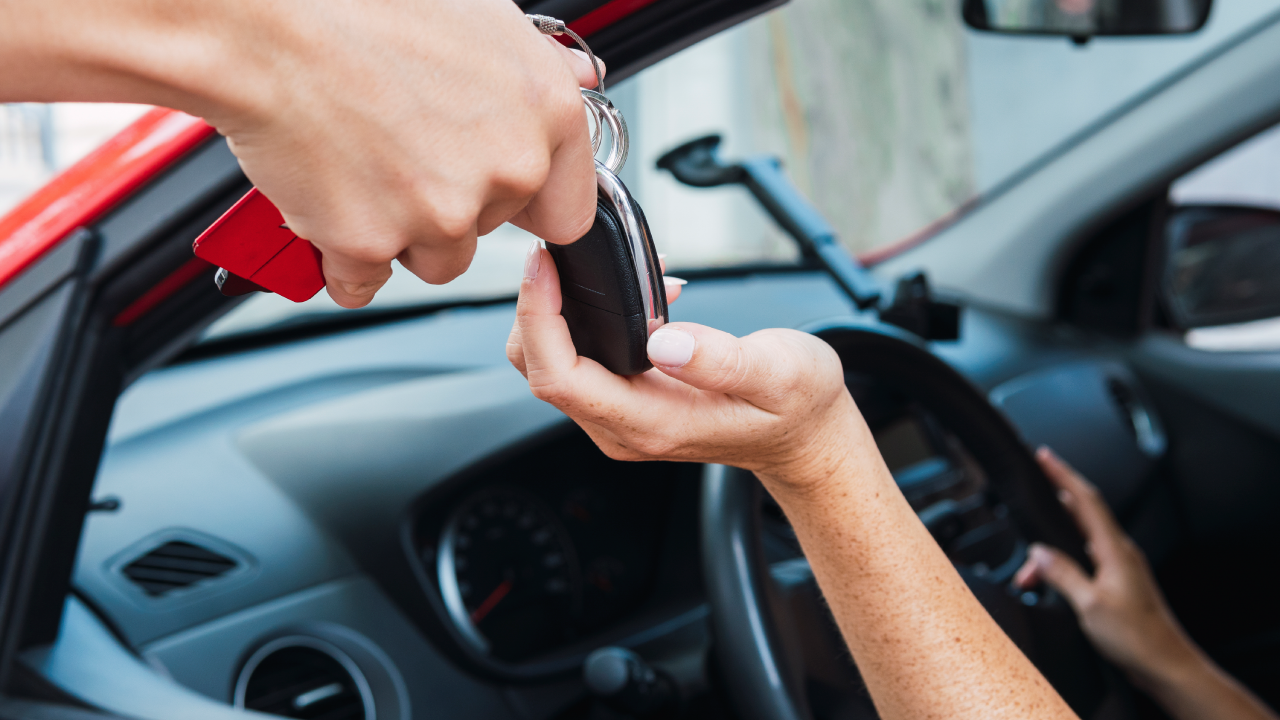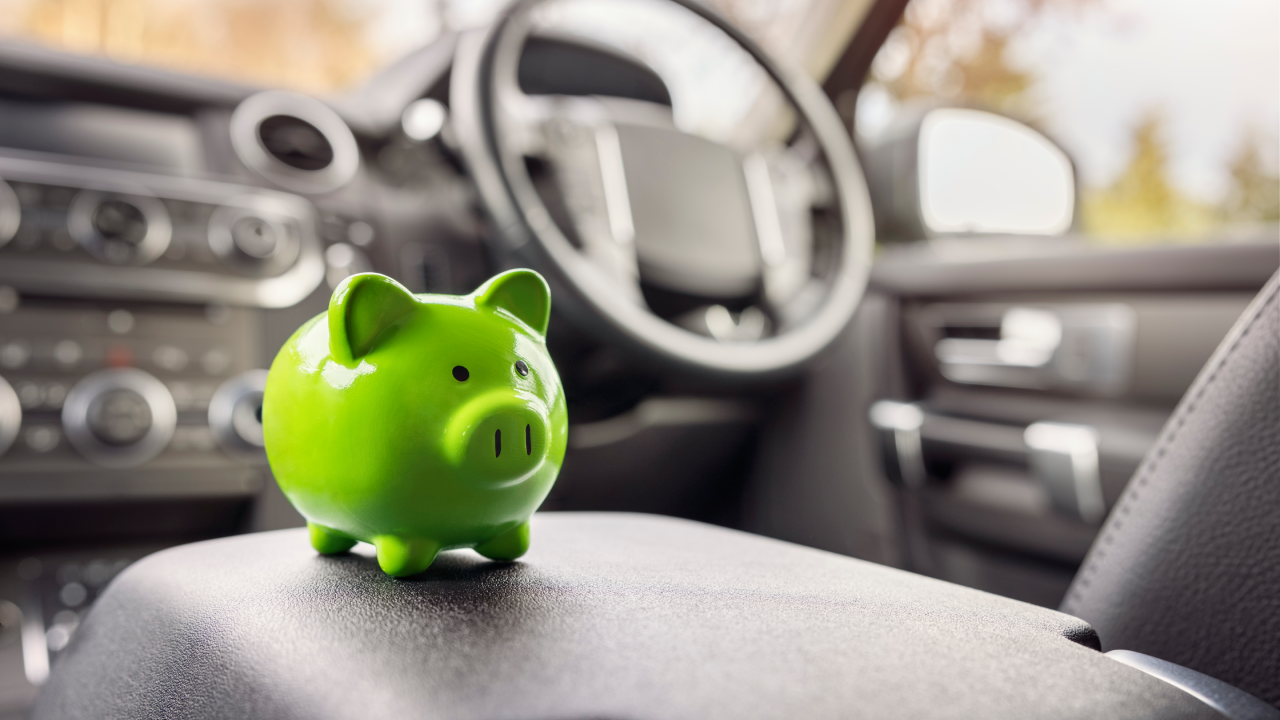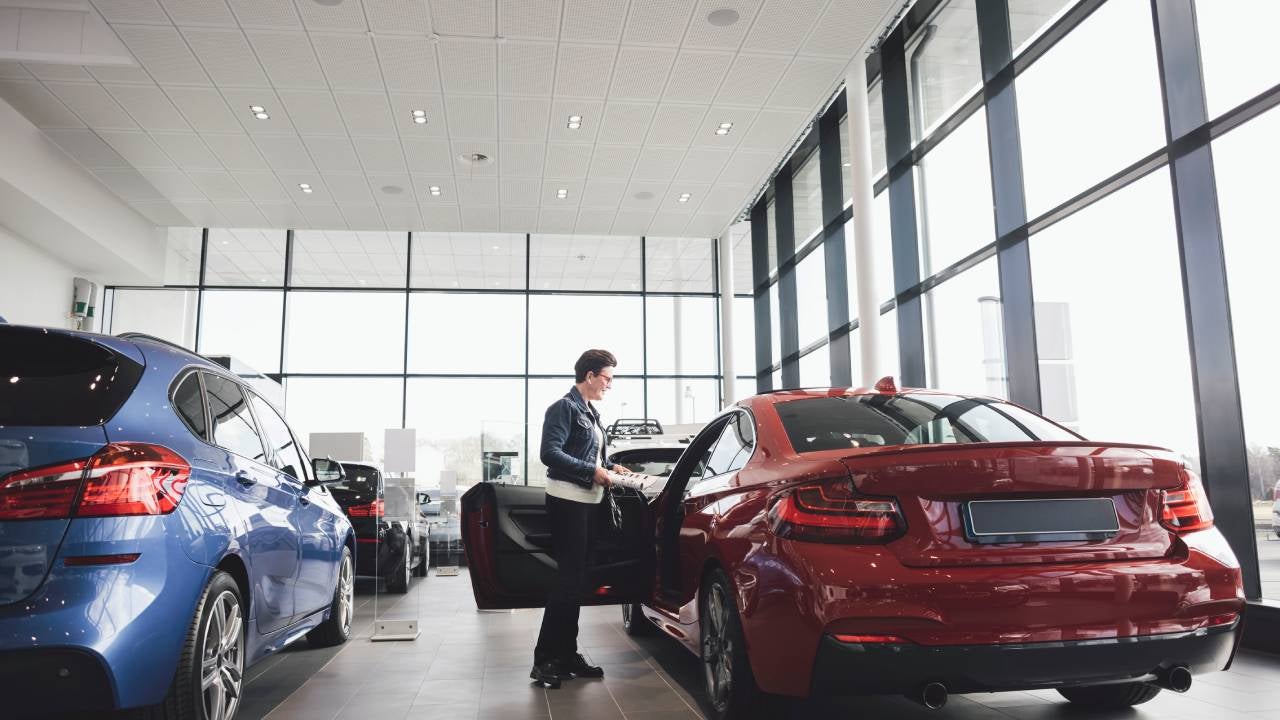Inflation fatigue and its impact on car buyers

Key takeaways
- The combination of high vehicle costs and steep interest rates has made the price to purchase a vehicle dramatically more expensive than it was pre-pandemic.
- Even as vehicle prices come down, drivers will likely not benefit from major wins as costs are reducing from record highs following the pandemic.
- To get the best auto loan rate no matter what, it is important to keep your budget top of mind and shop around with different lenders.
While getting a new set of wheels is exciting, the process — and the dollar amounts involved — can stress buyers out. Unfortunately, this reputation is not likely to disappear anytime soon. Inflation has created high vehicle prices and even more extreme interest rates, which has led to significant inflation fatigue for current owners and future vehicle buyers.
Inflation fatigue happens when consumers grow used to high costs. Instead of changing their spending habits, they have accepted the higher price points.
The double whammy of high prices and steep rates
Americans have come to terms with the reality of high costs on the dealership lot and in day-to-day shopping. The Consumer Price Index (CPI) was at 307.6 in late November and 298.1 one year ago. This metric measures changes in prices across common consumer goods; the higher it is, the higher prices are.
Vehicle prices aren’t exempt. The CPI for used vehicles in October of 2023 was 187.25 compared to 139.15 in March of 2020, right before the pandemic’s onset. This is a 35 percent inflation rate for used vehicles over the past three years. New vehicles tell a similar story, with a 22 percent increase from March 2020 to October 2023.
There’s one primary driver, says Sarah Foster, principal U.S. economy reporter at Bankrate: the aftermath of the coronavirus pandemic.
New and used vehicle prices aren’t climbing as quickly as they once were — a hopeful sign of slowing inflation. Still, those prices aren’t as cheap as they were before the pandemic.— Sarah Foster, Bankrate U.S. economy reporter
As Foster notes, vehicle prices are declining from their record highs following the pandemic. The average used vehicle price is below $27,000 at the start of November, down 3 percent compared to this time last year, according to Kelley Blue Book. And as new vehicle inventory increases, those prices are down by 1.4 percent year over year, based on KBB data.
But these prices’ high starting points make the changes less impactful. And high price tags aren’t drivers’ only worries.
“Buyers are facing double the trouble,” Foster says. Expensive cars “coupled with the highest financing costs in more than a decade” create a brutal reality for buyers.
This inflation combination left many drivers stuck with steep monthly payments. Average auto loan payments for new vehicles in the second quarter of 2023 were $729 and $528 for used, according to Experian. A monthly cost of this amount challenges many drivers, especially as wages have failed to keep pace with inflation.
Vehicle prices remain above pre-pandemic levels
The combined factors of high purchase prices and high interest rates have dramatically shifted purchasing power and caused drivers to spend even more for their cars each month.
Consider new car purchasers’ average cost the week before the pandemic officially began compared to the average monthly cost drivers now pay.
| New vehicle price | Loan term | Interest rate | Monthly payment | Total interest paid | |
|---|---|---|---|---|---|
| March 2020 | $37,736 | 60 month | 4.49% | $703 | $4,464 |
| October 2023 | $47,936 | 60 month | 7.53% | $961 | $9,737 |
The monthly cost is over $200 more, and the interest is up dramatically as well.
How Fed moves will impact high rates
“The interest rates consumers pay to finance a new or used vehicle are highly dependent on the Federal Reserve,” Foster explains.
Foster notes that “economists currently expect the Fed to begin cutting interest rates at some point in 2024.”
Until then, interest rates will likely remain high, especially for those with poor credit. But the potential for high interest rates does not mean you should avoid purchasing. Instead, remember that while moves made by the Fed dramatically impact your borrowing cost, it is not the only determinant.
Improve your credit
Working to improve your credit no matter the interest rate environment is the key to securing the best rate.
Learn morePay attention to the ebbs and flows of the market while improving your finances. Take advantage of this time to pay down debt and improve your credit score. If you can do this, you’re more likely to land a competitive rate when they drop. Finally, it never hurts to get a few quotes to see what rates are available now.
How inflation fatigue has impacted vehicle sales
Even though inflation is slowing, consumers fear a new surge. In November, surveyed consumers predicted inflation would hit 4.5 percent by the year’s end, according to the University of Michigan’s Survey of Consumers.
“Consumers appear worried that the softening of inflation could reverse in the months and years ahead,” said survey director Joanne Hsu in a statement.
But, most Americans are tired of thinking about inflation. Even those frustrated with prices have continued purchasing goods they need and want, like vehicles.
According to data from FRED, spending on both vehicles and parts is up 9 percent since the fourth quarter of 2019. That figure is adjusted for inflation, meaning the shift is not just due to more expensive cars but also drivers’ willingness to purchase them.
Predictions from Cox Automotive reflect this and forecast that new vehicle sales will be up 6.5 percent over November 2022, when the market was still in recovery mode following shortages.
So, if you, like many other Americans, still intend to purchase a vehicle in the new year, remember that there are still ways to save money — even with the double whammy persisting.
How to still secure a good auto loan rate
If you have felt discouraged when driving past seemingly empty vehicle lots or depressed when checking prequalified rates, you are not alone. And more importantly, there are ways you can still secure a manageable rate on a new vehicle.
Foster provides some simple advice to potential buyers.
“It’s as important as ever to set a budget and stick with it. Buyers may be able to date the rate, refinancing as soon as they find a better deal, but they have to marry the price.”






